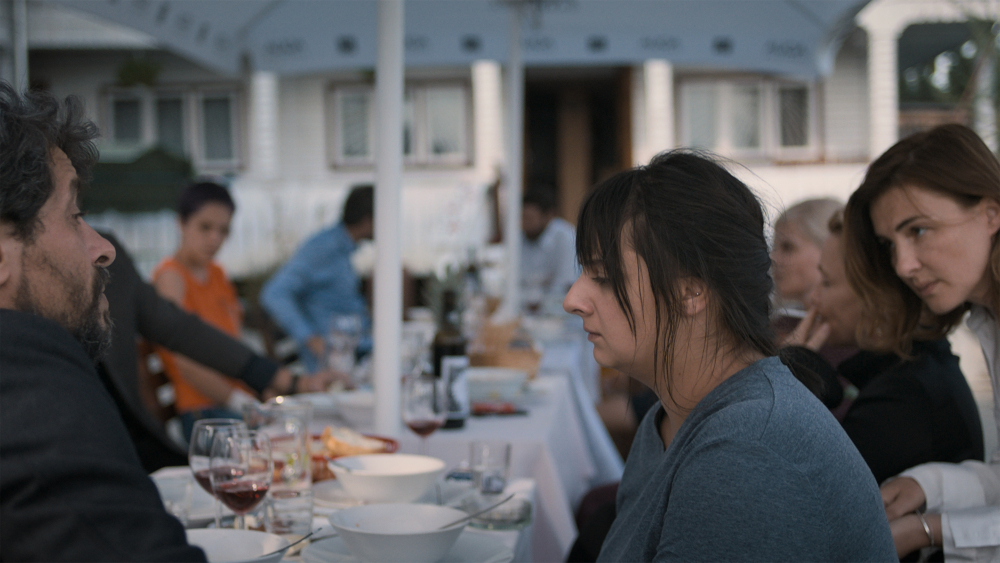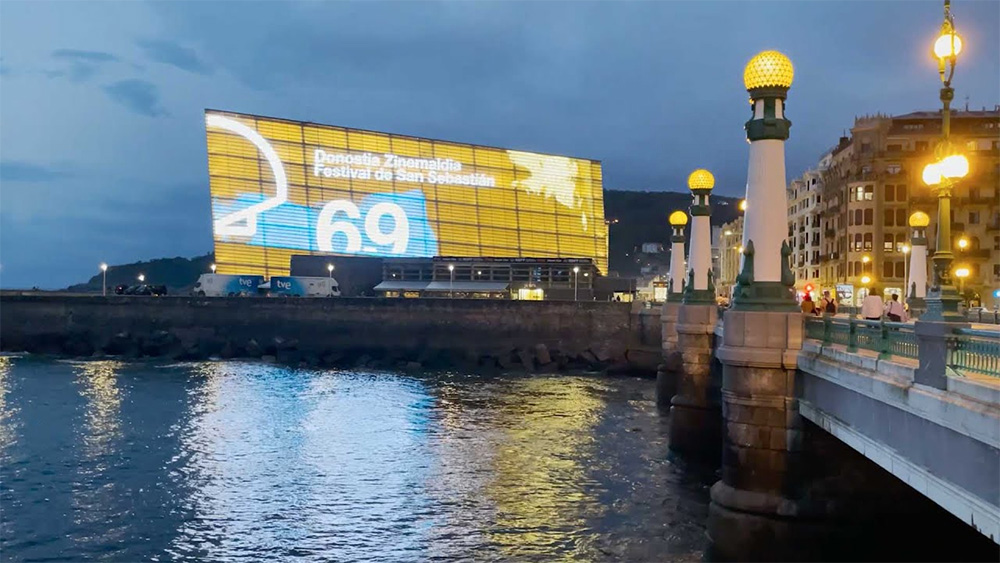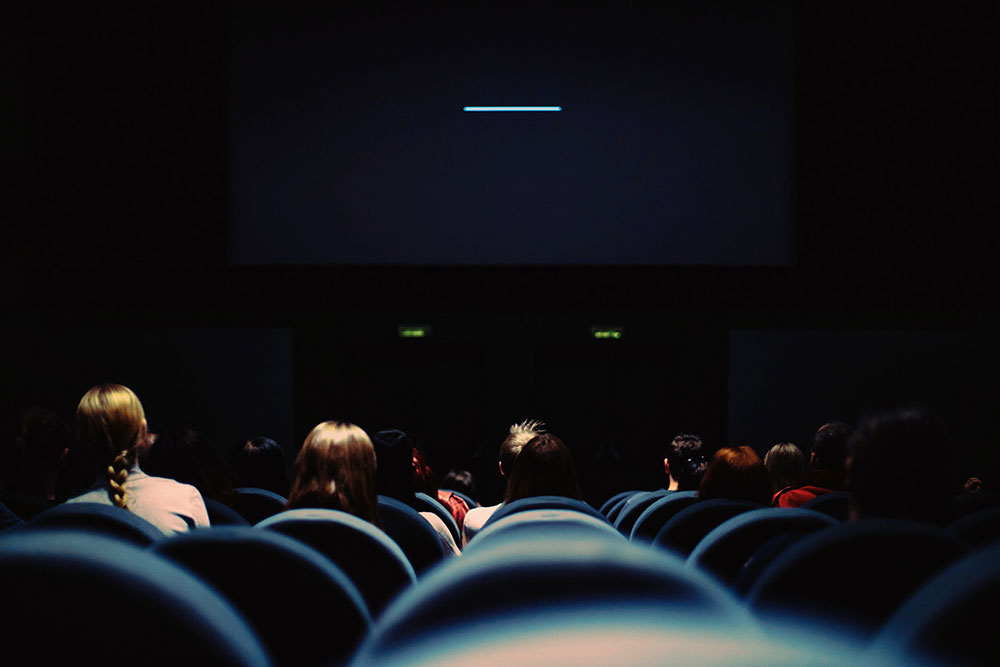Hands contained the steering wheel
- Before starting the projection of the documentary history of a wheel, the authors Iñaki Alforja and Iban Toledo approached the microphone placed in front of the screen and invited us to remember the celebrations and events of all kinds we have lived during this time, remembering the years that the Basque José Miguel Etxeberria Álvarez has disappeared.

Some of those present in the room were unable to follow the advice, as Naparra, a member of the Autonomous Anti-Capitalist Commands, was kidnapped and removed on 11 June 1980, but had not yet been born.
Alforja and Toledo wanted that through this invitation we could imagine the suffering caused by the passage of time in their peers, what they live day by day and already for forty-one years. The one suffered until his death the parents of the missing person, Patxiku and Celes.
Although I did not know Naparra, his disappearance has been a very present fact in my life. I was 23 years old when they made it disappear in Ziburu, and I had just turned 19 when I arrived at Auritz to give private classes to some children from an Old Age family during the August holiday of the same year.
By then, reading Egin I would already know that “a refugee had disappeared”, but then, for me, it would be nothing more than an episode of the vortex of the time. Which did not directly affect me.
In Auritz/Burguete, however, I met some very close to José Miguel who appear in the documentary The History of a Wheel. And since then, for forty-one years, I've been shaking it with me. Most of all, since I ran the risk of it happening to me as well.
At one point in the documentary, Forensic Pako Etxeberria says it is time to speak and make the necessary efforts to find what has disappeared. Eneko Etxeberria to Álvarez, who does not give in to his brother's search, tells him that if not, when those who met him disappear, when there are no direct witnesses, as is happening with the missing persons of the 36 war, they will be nothing more than facts indirectly collected.
Oier, son of Eneko and Amaia Irigoien Iriarte, and with him the Basque society, so that he does not inherit the machinery of searching for the bones of his missing uncle.
The documentary, Naparra de Jon Alonso, an open case, like the research work, helps to emerge the facts through the hole of oblivion and the gigantic but silent and silent effort of the relatives and relatives. It inspires, even if only by means of images, either because it rips its long hair, its big whiskers and its smiling eyes from the closed and small circle of its peers, or from the dark bureaucracy of institutions and courts. Because although the bones have not appeared, it makes it present in the eyes of the viewers who see the documentary. The father, in an unpredictable gesture, kept the wheel he had taken before taking the car to undo because it helps to imagine the hands.
Alforja and Toledo, through the assembly, offer an intense dialogue between Kike Zurutuza, a former member of the same Naparra organization who attended the premiere, and former ETA member Eugenio Etxebeste. Not only to clarify the confusion generated around the responsibility for their disappearance, but it also opens other doors that help to understand the era and dismantle the imaginary created around these organizations.
Outside the room, in a post-screening conversation, we had a talk between two or three people about the need to count. One said: “If we don’t count them, they will tell us. Or they will shut it down, and in a while no one will know that we were.”
You have to count. But how? Are there conditions to publicize the struggle for freedom of Euskal Herria? How do we get the news of a collective struggle to those who didn't know it directly? How do we tell what has happened, what has happened to us, what we have done? From a collective or individual standpoint? Where do we stand?
Like this story of a Steering Wheel on the disappearance of Naparra, can the doors open open up other testimonies and writings that do not intend to make a final account in order to show in what direction the hands that held that steering wheel and other flours that went on the same road were to take the car?
In any case, when the lights turned on at the end of the projection, the young man sitting on two chairs beyond the window had his eyes moistened and in the subsequent conversation raised his hand on the turn to ask his authors.
And I was lucky enough to meet Eneko Etxeberria Alvarez and Amaia Irigoien Iriarte.






















